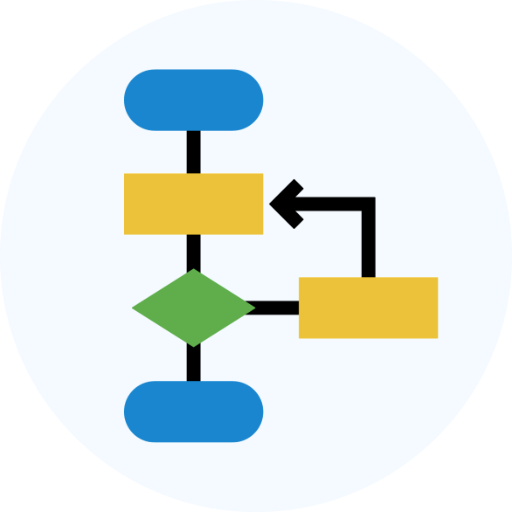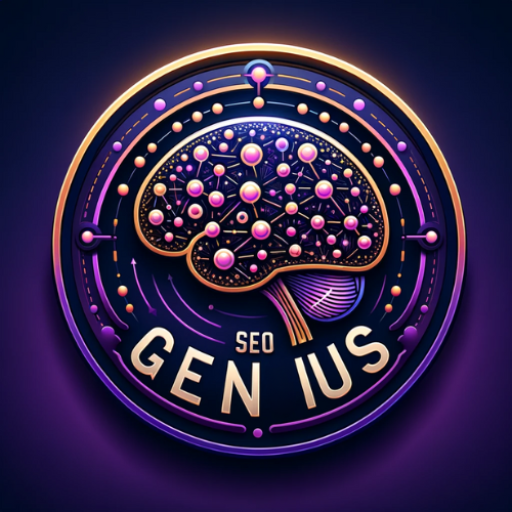Value Stream Mapping & Process Flow Tools-Value Stream Mapping Tool
AI-Powered Process Optimization Tool
How can I improve my time management?
What are the best productivity tools?
Tips for optimizing my workflow?
Strategies for staying focused at work?
Related Tools
Load More
ProcessOn思维导图Xmind百度脑图流程图组织架构图
创建图表、架构可视化、流程图、思维导图、方案等。 非常适合编码、演示和代码文档。 免费导出和编辑!

Flowchart Wizard
This GPT acts as an expert flowchart creator that will help you graphically represent any process you describe to it.
Process Mapper
A process mapping expert, adept at creating maps from session notes.

User Flow Designer
A user flow is a set of interactions that describe the typical or ideal set of steps needed to accomplish a common task performed with a product.

Process Map Optimizer
Upload your process map and I will analyse and suggest improvements

Process Mapper AI
Process Mapping tool for business, systems, and architecture visuals
20.0 / 5 (200 votes)
Introduction to Value Stream Mapping & Process Flow Tools
Value Stream Mapping (VSM) and Process Flow Tools are critical methodologies used in lean manufacturing and process optimization. VSM is a lean-management method for analyzing the current state and designing a future state for the series of events that take a product or service from its beginning through to the customer. Process Flow Tools, on the other hand, involve the use of various diagrams and flowcharts to map out the steps in a process, allowing for the identification of inefficiencies and areas for improvement. Together, these tools are designed to enhance efficiency, reduce waste, and improve overall productivity. For instance, in a manufacturing setup, VSM might be used to streamline the production process by identifying bottlenecks and redundant steps, while process flow diagrams help in visualizing and optimizing workflow.

Main Functions of Value Stream Mapping & Process Flow Tools
Current State Mapping
Example
Mapping the current production process in a factory.
Scenario
A factory produces widgets using a multi-step process. By mapping out the current state, managers can identify inefficiencies, such as excessive movement of materials between stations, and areas where delays occur. This allows for targeted improvements and the reduction of cycle times.
Future State Mapping
Example
Designing an optimized production process.
Scenario
After identifying inefficiencies in the current state, a future state map is created to propose an ideal process flow. This might involve rearranging workstations, reducing transportation times, and implementing automation where feasible. The future state map serves as a blueprint for process improvements.
Kaizen Events
Example
Organizing a focused improvement workshop.
Scenario
A team is assembled to tackle a specific process inefficiency identified in the VSM. Over the course of several days, the team analyzes the problem, brainstorms solutions, and implements changes. For example, a Kaizen event might be held to reduce setup times in a manufacturing process, resulting in significant productivity gains.
Ideal Users of Value Stream Mapping & Process Flow Tools
Manufacturing Managers
Manufacturing managers are one of the primary users of VSM and process flow tools. They use these methodologies to streamline production processes, reduce waste, and improve efficiency. By mapping out processes, they can identify bottlenecks and areas for improvement, leading to more efficient operations and reduced costs.
Continuous Improvement Teams
Continuous improvement teams, often found in various industries including manufacturing, healthcare, and logistics, benefit greatly from VSM and process flow tools. These teams are dedicated to ongoing process improvements and use these tools to systematically identify inefficiencies, propose improvements, and track the implementation and impact of changes.

How to Use Value Stream Mapping & Process Flow Tools
Step 1
Visit aichatonline.org for a free trial without login, no need for ChatGPT Plus.
Step 2
Identify the process or system you want to analyze. Clearly define the start and end points of the process.
Step 3
Collect data on each step of the process. This includes cycle times, wait times, and any relevant metrics that impact process flow.
Step 4
Create the Value Stream Map or Process Flow Diagram using the collected data. Utilize online tools or software to visualize the process clearly.
Step 5
Analyze the map to identify bottlenecks, inefficiencies, and opportunities for improvement. Implement changes and continuously monitor the process for further optimization.
Try other advanced and practical GPTs
Income Stream Surfer's General ContentGPT
AI-Powered Content Creation for Everyone

Canjeez
Unlock reality through AI-powered symbols.

Business Guru
AI-Powered Business Solutions for Growth

Business Developer
AI-Powered Business Strategy and Growth

Concept Art Creator
AI-powered tool for detailed character designs
Concept Art
AI-powered concept art creation

Convert Anything 🔄
AI-powered file conversion made simple

CHRO in AI Era
AI-powered HR insights for modern CHROs.

Asistente Founderz
Boost productivity with AI-powered assistance.

Thing Explainer
Simplifying Complexity with AI

Boiler Plate Coder
AI-driven code generation for developers.

16-bit Spritesheet creator
AI-powered tool for 16-bit sprite animation.

- Education
- Healthcare
- Manufacturing
- Logistics
- Software
Value Stream Mapping & Process Flow Tools Q&A
What is Value Stream Mapping?
Value Stream Mapping (VSM) is a lean management method used to visualize and analyze the flow of materials and information required to bring a product or service to a consumer. It helps identify waste and areas for improvement in the process.
How does Process Flow Mapping differ from VSM?
Process Flow Mapping focuses on the detailed steps within a specific process, often using flowcharts to show the sequence of activities. VSM, on the other hand, provides a broader view of the entire process flow, including value-adding and non-value-adding activities.
What are common tools used for creating VSM and Process Flow Diagrams?
Common tools include software like Microsoft Visio, Lucidchart, and specialized lean management tools such as LeanKit or iGrafx. These tools offer various templates and features to create detailed and accurate diagrams.
What are the key benefits of using Value Stream Mapping?
The key benefits of VSM include improved process efficiency, identification of waste, enhanced communication among team members, better resource allocation, and a clearer understanding of the entire process flow from start to finish.
Can Value Stream Mapping be applied to non-manufacturing processes?
Yes, VSM can be applied to various sectors including healthcare, software development, and service industries. Any process that involves a series of steps to deliver a product or service can benefit from VSM by identifying inefficiencies and improving workflow.